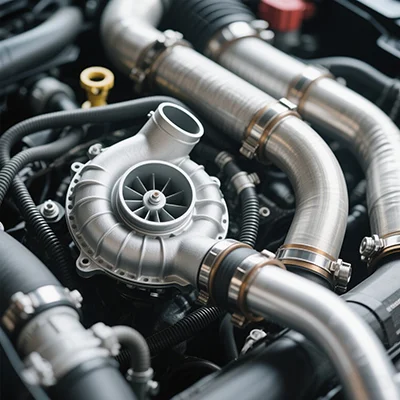Mastering Color Calibration: A Comprehensive Guide for Your HP Printer
When it comes to achieving professional-quality prints, color calibration is a crucial step that many users overlook. If you own an HP printer and are looking to enhance your print quality by ensuring accurate color reproduction, this guide will walk you through the essential steps to calibrate your printer effectively.
Understanding Color Calibration
Color calibration is the process of adjusting the output of your printer to ensure that the colors it produces match the colors you see on your screen. This is particularly important for graphic designers, photographers, and anyone who requires precise color accuracy in their printed materials. Without proper calibration, you may encounter issues such as color shifts, dull prints, or unexpected hues that do not reflect your original design.
Step-by-Step Guide to Calibrating Your HP Printer
- Prepare Your Printer and Environment
Before you begin the calibration process, ensure that your printer is set up correctly. Here are some preparatory steps:
- Use Quality Paper: Always use the type of paper that you intend to print on for calibration. Different paper types can absorb ink differently, affecting color output.
- Check Ink Levels: Ensure that your ink cartridges are full and not expired. Low ink levels can lead to inaccurate color reproduction.
- Stable Environment: Perform the calibration in a room with stable lighting conditions. Avoid direct sunlight and fluorescent lights, as they can alter your perception of color.
- Accessing the Printer Calibration Tool
Most HP printers come with built-in calibration tools. Here’s how to access them:
- Using the Printer’s Control Panel: Navigate to the settings menu on your printer’s control panel. Look for options labeled “Maintenance” or “Tools,” and select “Print Quality” or “Color Calibration.”
- Using HP Software: If you have HP’s software installed on your computer, you can access the calibration tool through the application. Open the HP Printer Assistant, go to the “Printer Maintenance” section, and select “Calibrate Printer.”
- Running the Calibration Process
Once you have accessed the calibration tool, follow these steps:
- Initiate Calibration: Click on the “Calibrate” button. The printer will print a series of test pages that display various colors and patterns.
- Evaluate the Test Prints: After the printer completes the calibration, it will produce a series of test prints. Compare these prints to your original design or a color reference guide. Look for discrepancies in color saturation, brightness, and hue.
- Adjust Settings if Necessary: If you notice significant differences, you may need to adjust the color settings in your printer’s software. This can include modifying the color balance, brightness, and contrast settings.
- Fine-Tuning Color Profiles
For users who require even more precision, consider creating or adjusting ICC (International Color Consortium) profiles:
- Install ICC Profiles: Many HP printers support ICC profiles that can be downloaded from the HP website or created using color calibration tools. These profiles help ensure that the colors printed match those displayed on your monitor.
- Use Color Management Software: Software like Adobe Photoshop or Lightroom allows you to manage color profiles effectively. Ensure that the correct ICC profile is selected for your printer and paper type before printing.
Regular Maintenance and Calibration
Color calibration is not a one-time task. To maintain color accuracy, it is advisable to recalibrate your printer regularly, especially if you change ink cartridges or switch paper types. Additionally, environmental factors such as humidity and temperature can affect print quality, so keep an eye on these variables.
Conclusion
Calibrating the color on your HP printer is an essential practice for anyone serious about print quality. By following the steps outlined in this guide, you can ensure that your prints reflect the true colors of your digital designs. Remember, the key to successful color calibration lies in preparation, evaluation, and regular maintenance. With these practices in place, you’ll be well on your way to achieving stunning, accurate prints that meet your professional standards.
